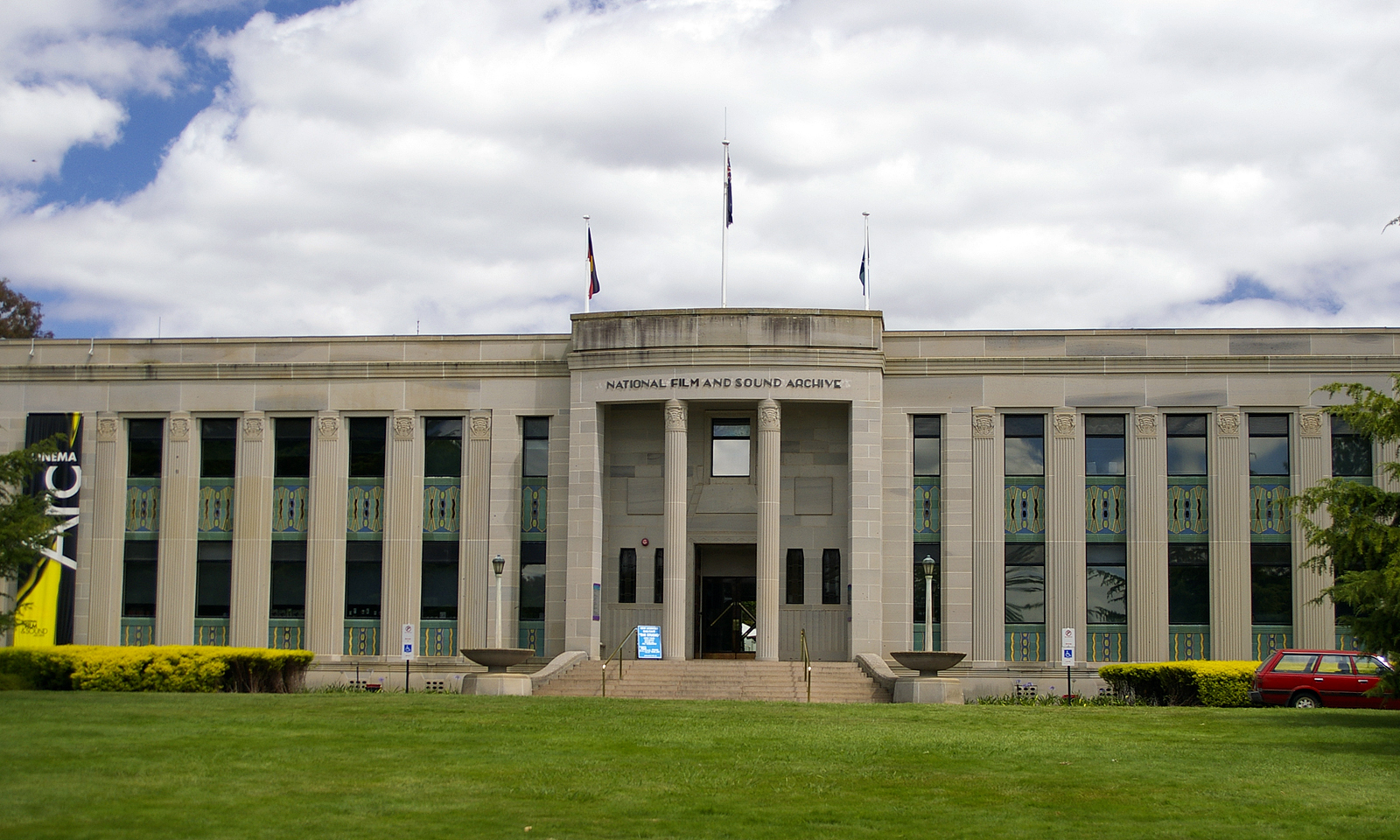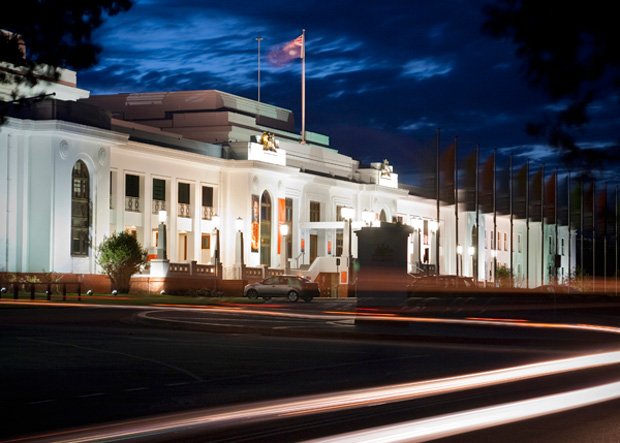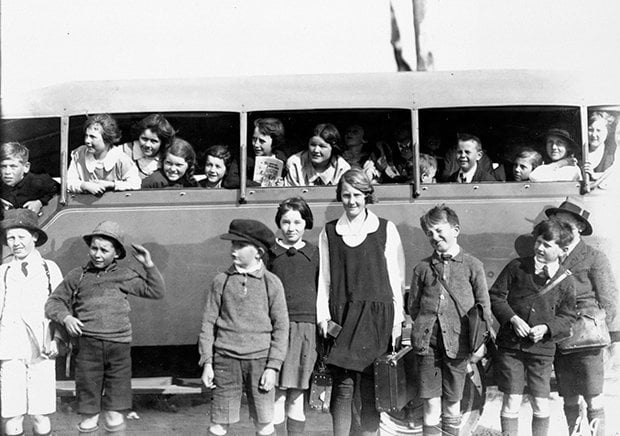The macabre history of Canberra’s ‘haunted’ NFSA building

The institute was founded in 1931 by Sir William Colin MacKenzie, an orthopaedist and anatomist with a passion for Australian fauna and comparative anatomy. He believed that native fauna was destined for extinction, so spent his career collecting animal specimens. Controversially, MacKenzie also believed studying animal anatomy could improve human health. In 1910 he developed a shoulder splint for children suffering from infantile paralysis, or polio, using knowledge gained from dissection of koalas. Later, during his tenure at the Military Orthopaedic Hospital in London, he adapted the splint for use on soldiers wounded in World War I.

After the war, MacKenzie focused more on animal research, converting a house in Melbourne into a laboratory and museum which he named the Australian Institute of Anatomical Research. In 1920 he relocated to a larger property and hired technical assistants. By 1924 the institute boasted 2000 items – from anatomical drawings to ‘wet’ and mounted specimens – gifted to the government to create the National Museum of Australian Zoology. A new public building, designed by W. Hayward Morris, was commissioned in the ACT to house the collection. The building was completed in 1930, and featured auxiliary research stations and plans for future zoological gardens. It was renamed the Australian Institute of Anatomy in 1931.
Opening at the start of the Great Depression, the institute suffered a lack of funding in its early years. Its collections expanded to include ethnographic material, casts of hominid skulls, and human remains. The latter – including Ned Kelly’s skull and death mask, and body parts from wounded soldiers preserved in formaldehyde and donated by the London Royal College of Surgeons – earned the institute its macabre reputation, which continues today, and the epithet of Canberra’s ‘most haunted building’.
It also displayed ‘exceptional’ objects, including anatomical anomalies and curiosities, such as Phar Lap’s 6.35kg heart displayed beside the heart of an average thoroughbred.
The institute also received First Nations artefacts donated by professional and amateur collectors. These would form the National Ethnographic Collection which in the following decades comprised more than 20,000 items, including hunting weapons and tribal regalia. The institute also held Aboriginal remains collected by amateur anthropologist George Murray Black, a civil engineer and pastoralist from Gippsland. Between 1929 and 1950, Black ransacked Aboriginal burial grounds across New South Wales and Victoria and sent the skeletal remains of about 1600 individuals to the institute. When the Australian Institute of Anatomy was disbanded in 1985, these collections were transferred to the National Museum of Australia (NMA). The NMA’s repatriation program has been returning ancestral remains and sacred objects to First Nations communities for the past 20 years.



